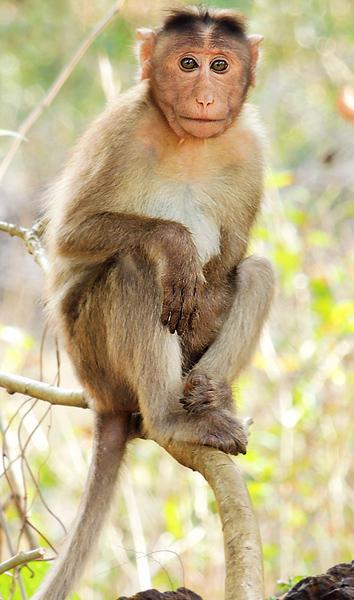Facts About Macaque
Macaques, a group of Old World monkeys, encompass 23 distinct species found across Asia, North Africa, and even Gibraltar. These primates primarily consume fruits but exhibit dietary flexibility by also eating seeds, leaves, flowers, and bark. Some have even adapted to consuming invertebrates and small vertebrates.
Living in matriarchal social groups, macaques are exceedingly adaptable to different environments. However, in certain regions, they have become invasive, posing threats to local wildlife and human health by spreading diseases.
Macaques vary in size and are distributed across a broad range of habitats, from Japan to North Africa and Southern Europe. Renowned for their intelligence and social nature, these monkeys live in groups and can have lifespans ranging from 20 to 30 years. Although they predominantly adhere to a vegetarian diet, they occasionally consume insects. Some species, such as the long-tailed macaque, have disrupted ecosystems in locations like Mauritius and Florida.
Population management strategies include sterilization, live trapping, and vaccination. Macaques exhibit complex social structures and hierarchies. Unfortunately, some species are utilized in animal testing, and they can transmit diseases harmful to humans. In certain cultures, macaques are hunted for bushmeat.
In 2018, a scientific milestone was achieved in China with the cloning of crab-eating macaques using somatic cell nuclear transfer. The classification of macaque species has evolved over time, with ongoing debates regarding their taxonomy. Interestingly, prehistoric fossil species of macaques have also been discovered.

 Malaysia
Malaysia